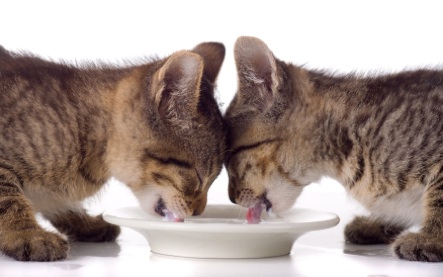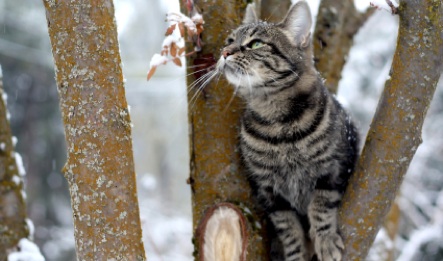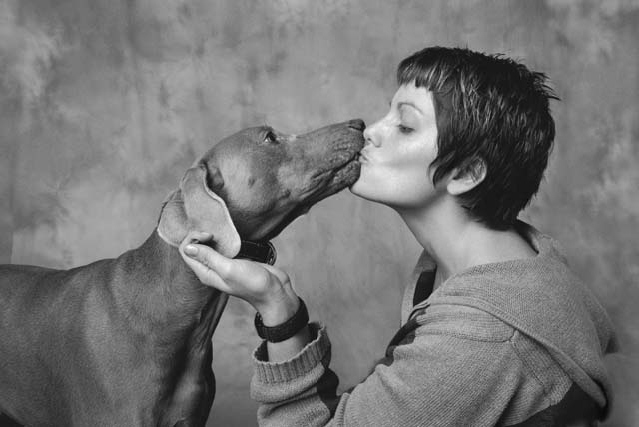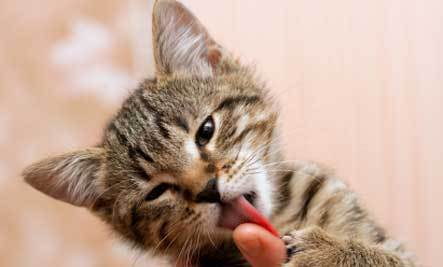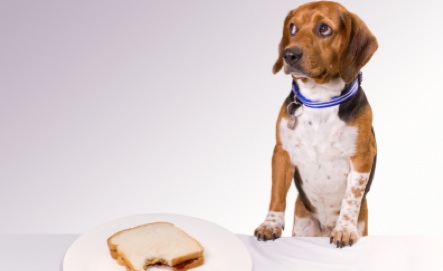
Pet health should not be measured by nose temperature, and despite pet-food recalls, avoid feeding your companions table scraps.
It seems as if the only pet food recall (of selected brands) in Singapore 5 years back has been long forgotten by many, Salmonella or other harmful bacteria may still be lurking in the treats of man’s best friend. All this may have you thinking a bit more about not only what is on your plate, but what is in your companion’s bowl, too. This article serves to debunk 5 common pet myths so we can keep our furry friends safe.
Myth #1—Table scraps are good for dogs
The reality: With the dog food recall and food scandals, such as the melamine-tainted food that killed thousands of pets in 2007, it might seem like human food could be a better choice for your animal companions. But be warned of going there, because our animals’ health improves when they receive a consistent source of fat, protein, and carbohydrates — which is not how human diets generally work. A high-quality, natural food with high bioavailability such as Honest Kitchen is highly recommended. It should be augmented with appropriate portions of a high-quality food raw food like Primal twice a day, as opposed to letting food sit out in a bowl all day.
Forget doling out excess treats — there is an increasing number of companions who are are already obese. Show love with petting and attention rather than feeding them. Healthy dog treats include dehydrated animal parts/ organs, diced baby carrots, cut-up apple pieces, pear pieces and even watermelon (avoid giving the seeds, and avoid stringy produce that could cause digestive distress and get stuck in their teeth). And never feed dogs grapes and raisins because they often cause renal failure in dogs. (Avocado pits are also extremely toxic to dogs.)
Myth #2—Cats need milk.
The reality: While many of us can conjure up a cute image of a cat lapping a bowl of milk, resist the temptation to offer this in real life. Cats and dogs do not have the ability to appropriately break down lactose in milk, and drinking it can lead to diarrhoea, vomiting, and other issues. To make sure your cat is hydrated properly, invest in a cat water fountain; the animals are naturally drawn to moving water.
Myth #3—A warm nose means your dog is sick.
The reality: If you want to figure out if your companion is ill, look for signs of lethargy, loss of appetite, coughing, vomiting, diarrhoea, and other signs of distress. If a dog’s nose is cool, it may have just had a drink of water. If it is warm, they may have been out in the sun. You can also feel the dog’s head with your hand or place on his or her belly — although, a dog’s normal temperature is 38.3 to 39 degree celcius, so it will feel slightly warm to a human.
Myth #4—Cats always land on their feet.
The reality: We wish this were true, but there are many instances of high-rise syndrome, in which cats hanging out by windows accidentally fall out when a passing bug or bird steals their attention. Install a window bay, or a cat condo, and keep the window closed. And keep your cat healthily occupied in other ways, too.
It is highly recommended that a daily exercise routine in which the cat chases a toy on a string or a laser light on the wall be introduced. During the day, you can put a few pieces of cat food in a feed-and-treat ball and hide it, which will stimulate your cat’s natural hunting instincts.
Myth #5—It’s OK to kiss your dog.
The reality: A dog’s general mouth bacteria may be OK for us, but where the dog’s tongue has been, it is not a clean environment. Think butt-licking, poop-sniffing encounters and such. In fact, you can actually come down with salmonella poisoning after receiving a dog lick to the face.
While this may not deter everyone from face time with their loyal companion, people with weak immune systems, such as people living with HIV or undergoing chemotherapy, should refrain from getting smooched on the face.
While dogs are inherently prone to licking gross things, there are some things you can do as a fur parent to keep your companion’ss mouth as clean and free of dental disease as possible.
The gold standard is brushing your dog’s teeth. (NEVER use human toothpaste, though; it could contain xylitol, a substance that causes a precipitous drop in blood sugar, leading to hypoglycemia and possibly death in dogs. Always use toothpaste designed for your companion.)
Some dogs, such as golden retrievers and labs, could benefit from rope bones. As they cart the rope with knotted ends around like a bone in their mouth, it can actually mechanically clean teeth to a certain extent. The right-size ridged Kong toy can do the same.

